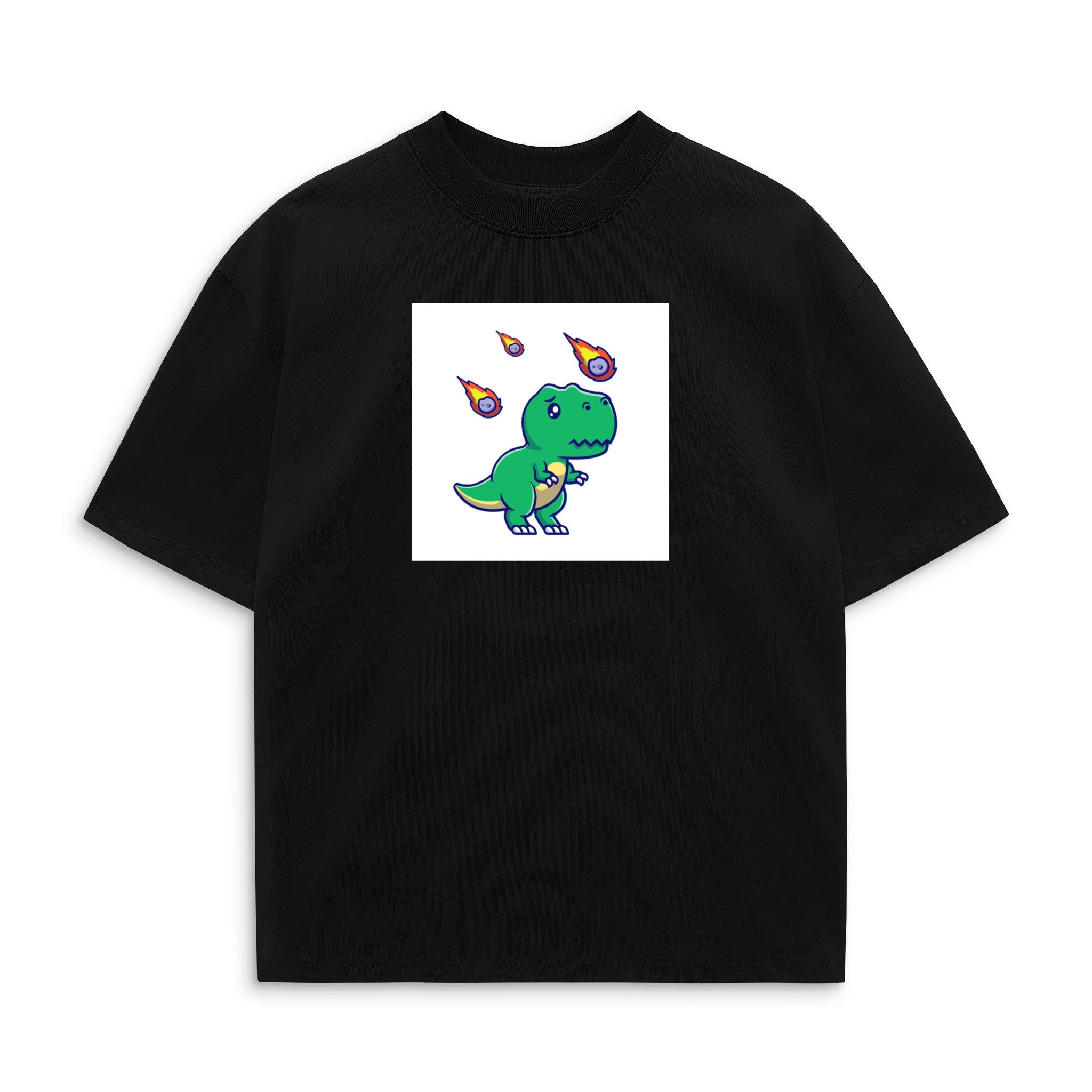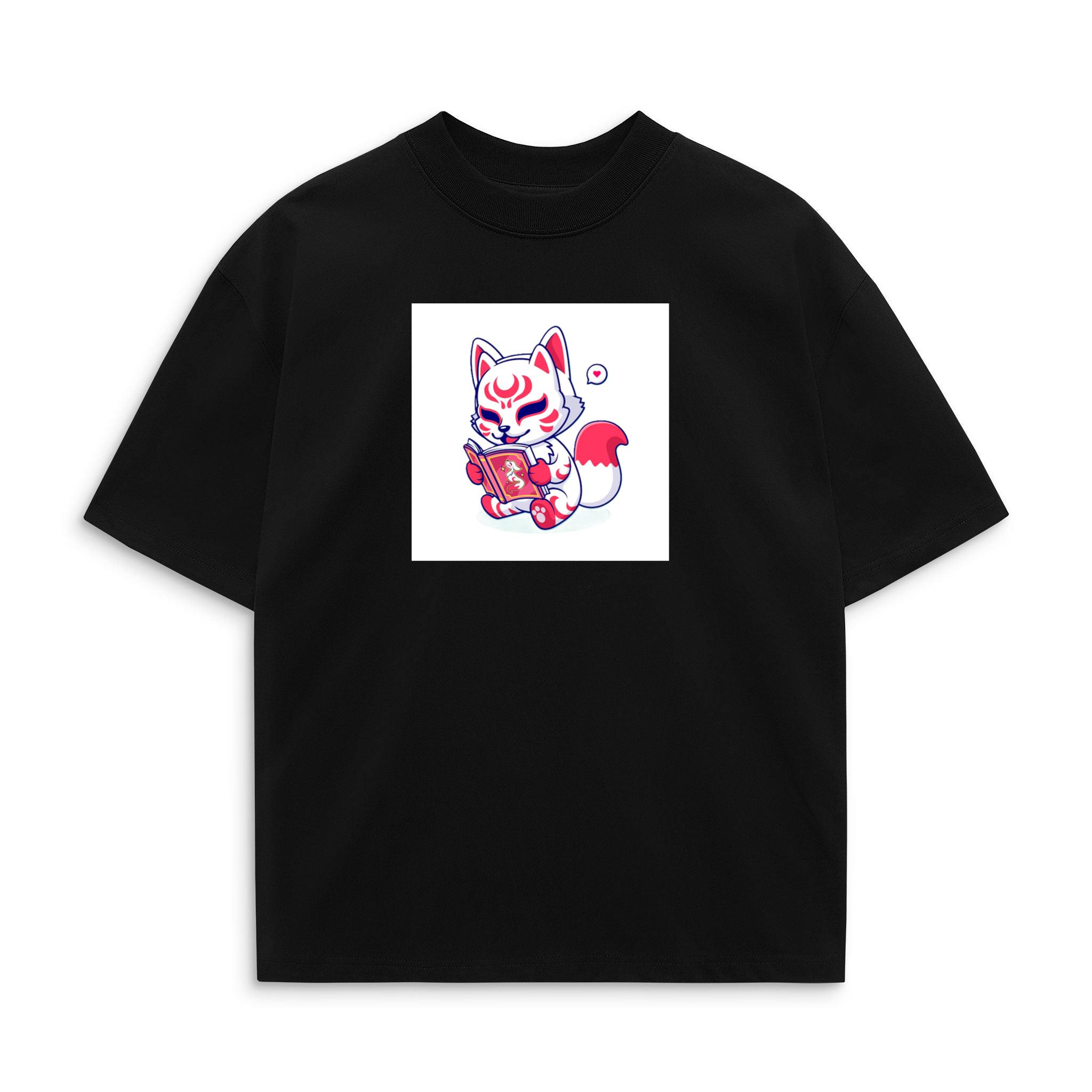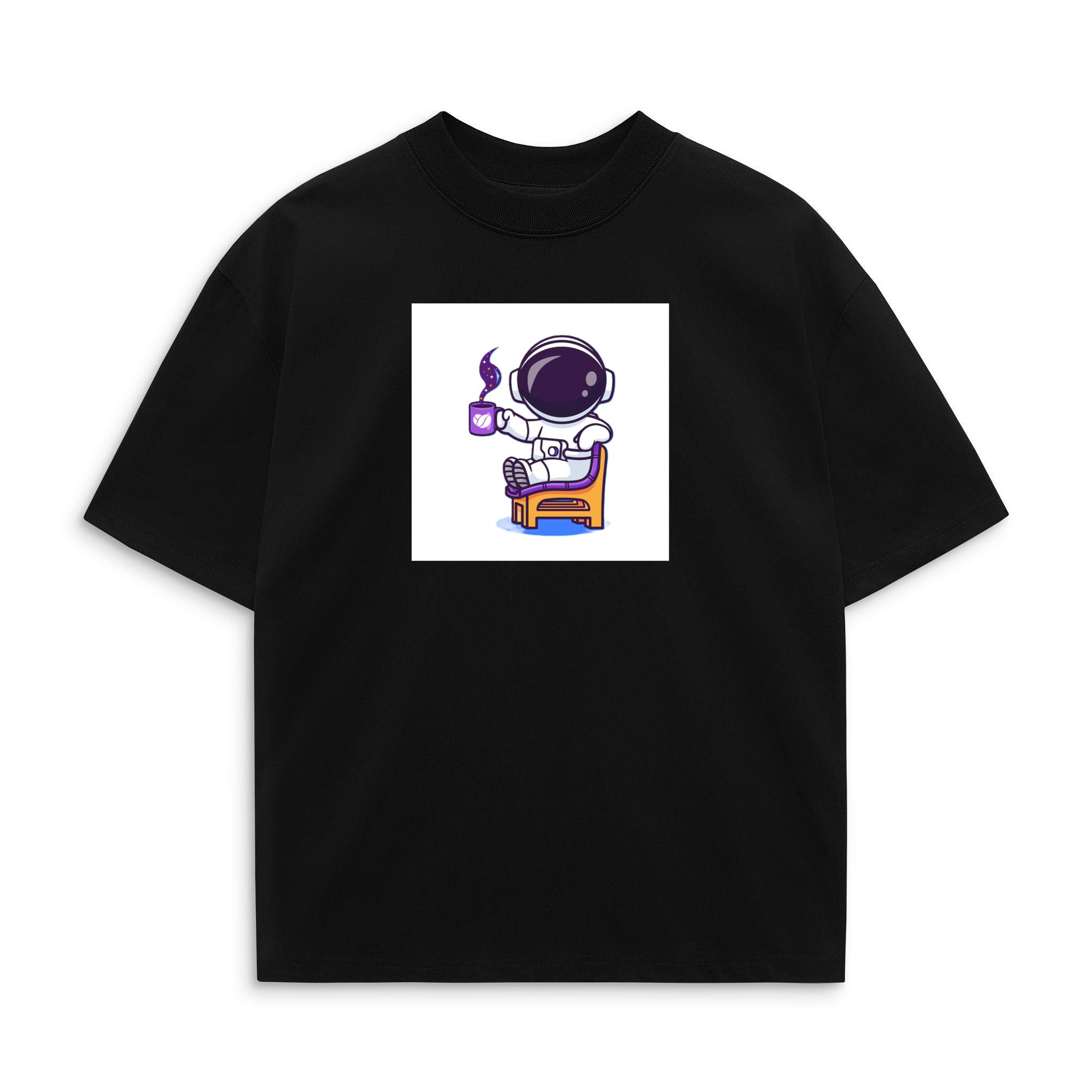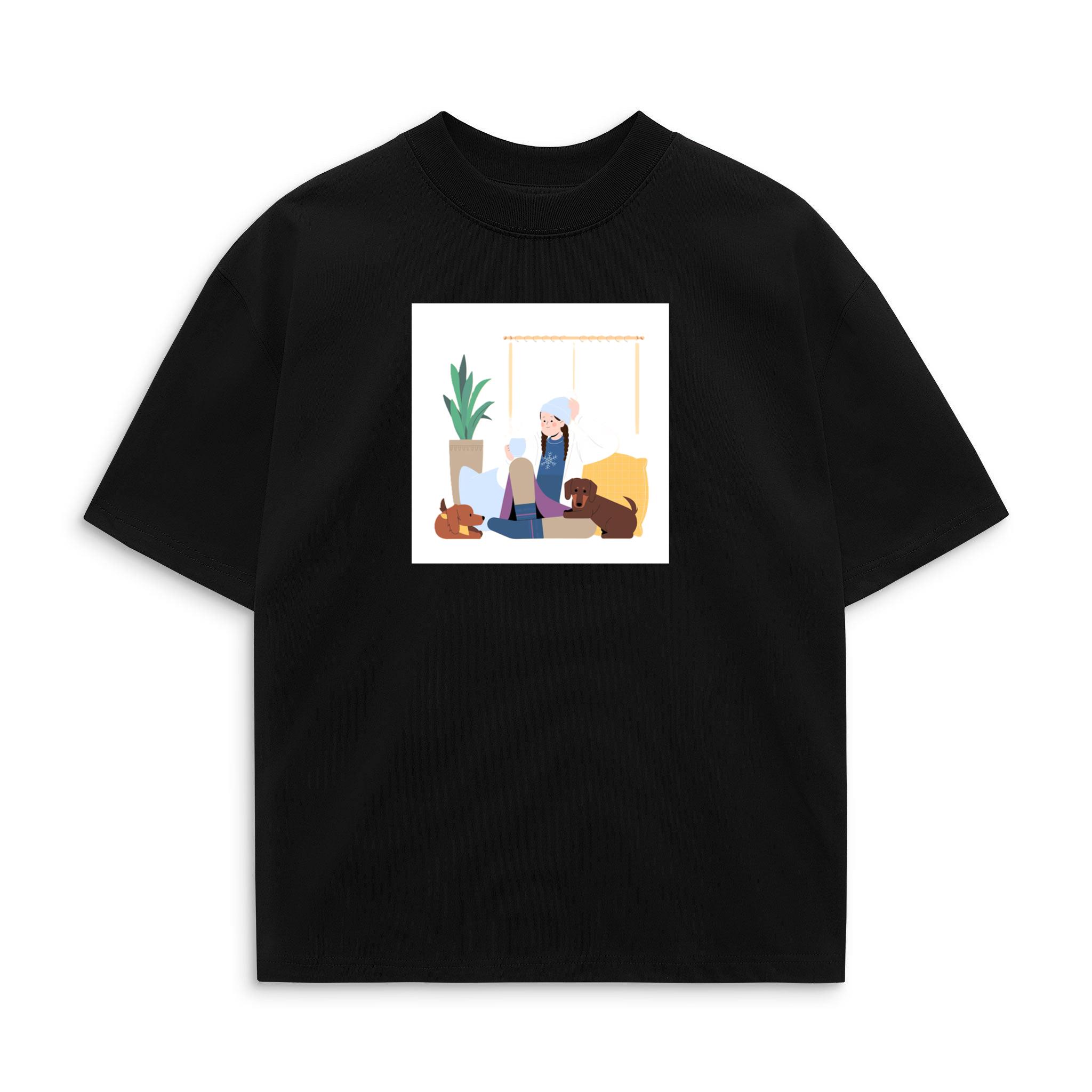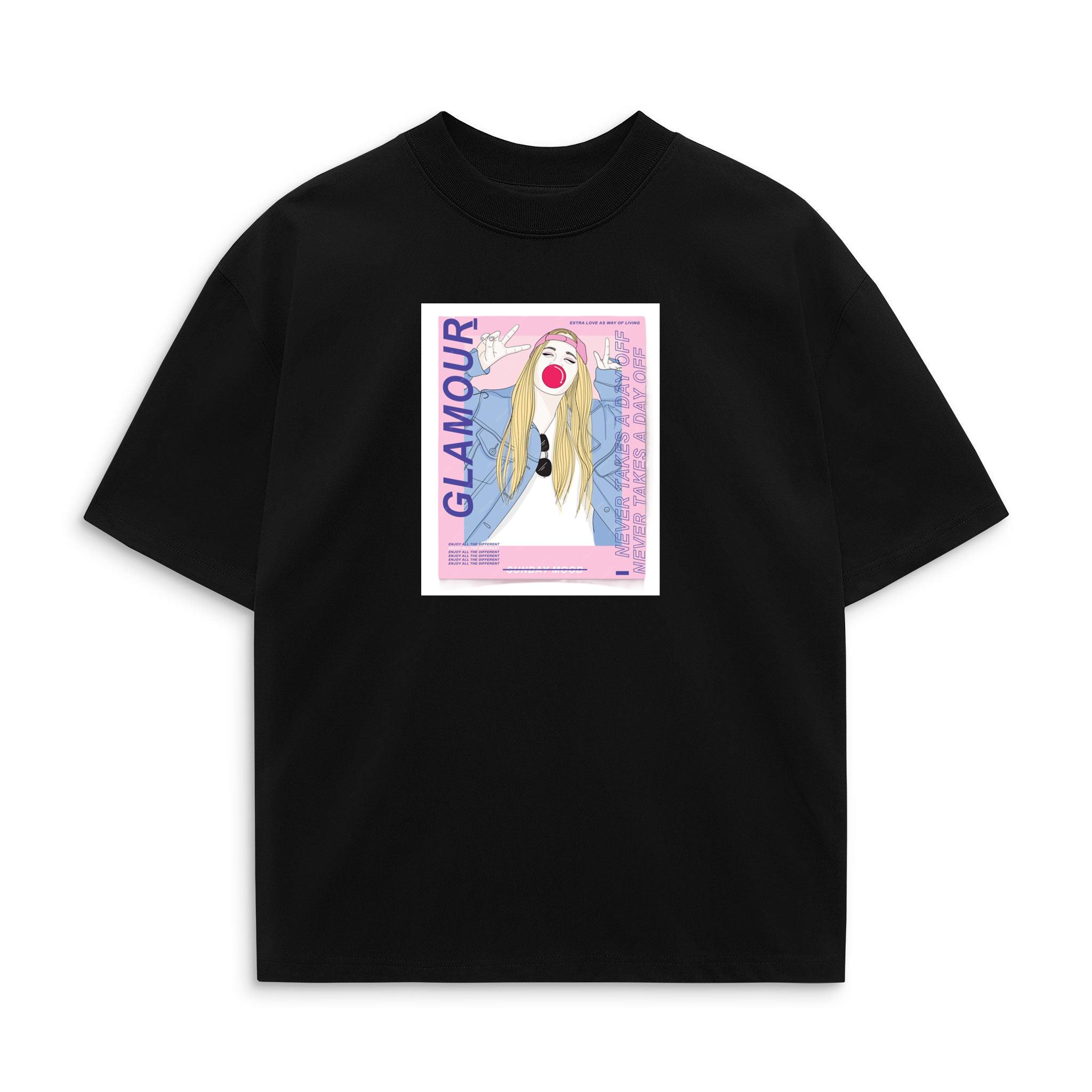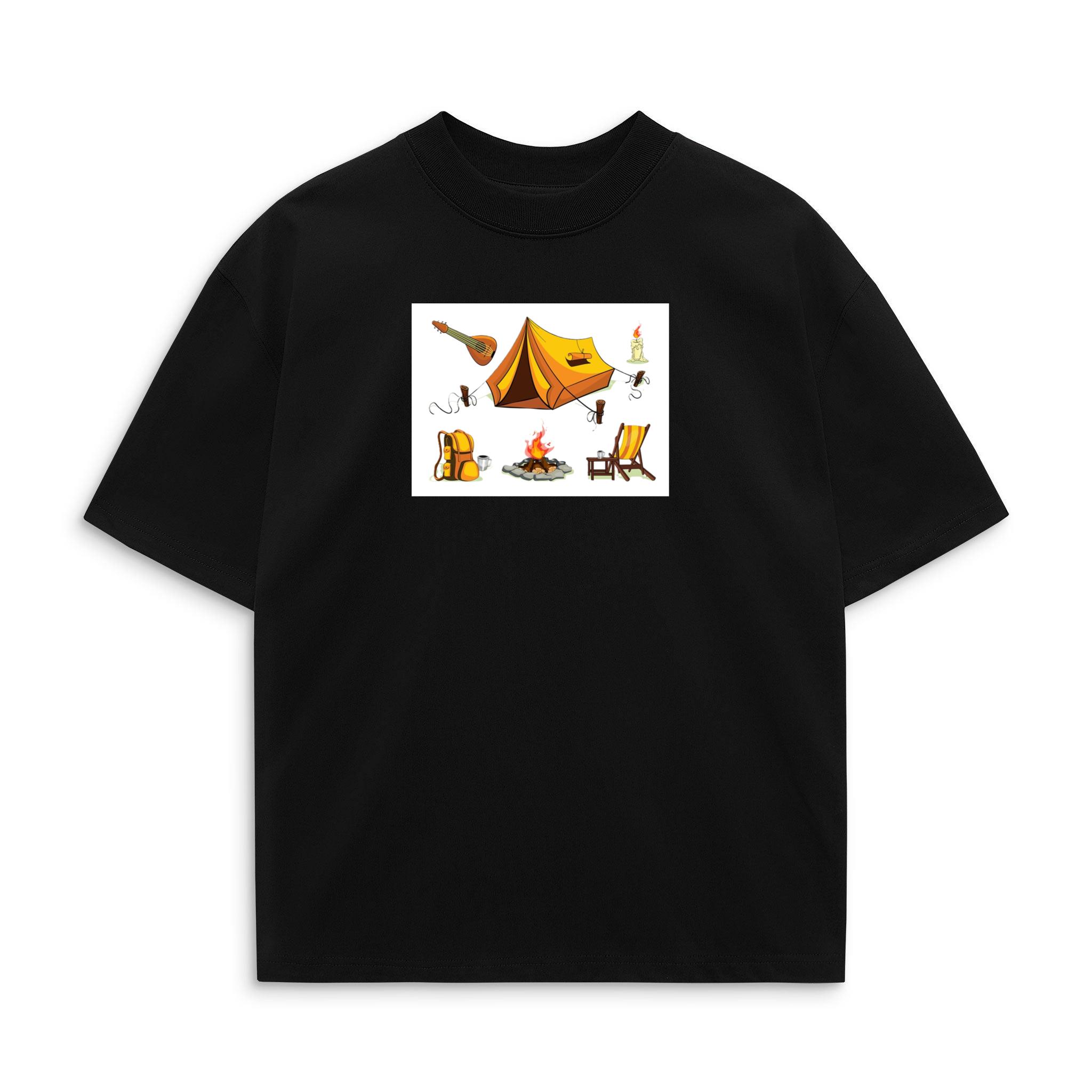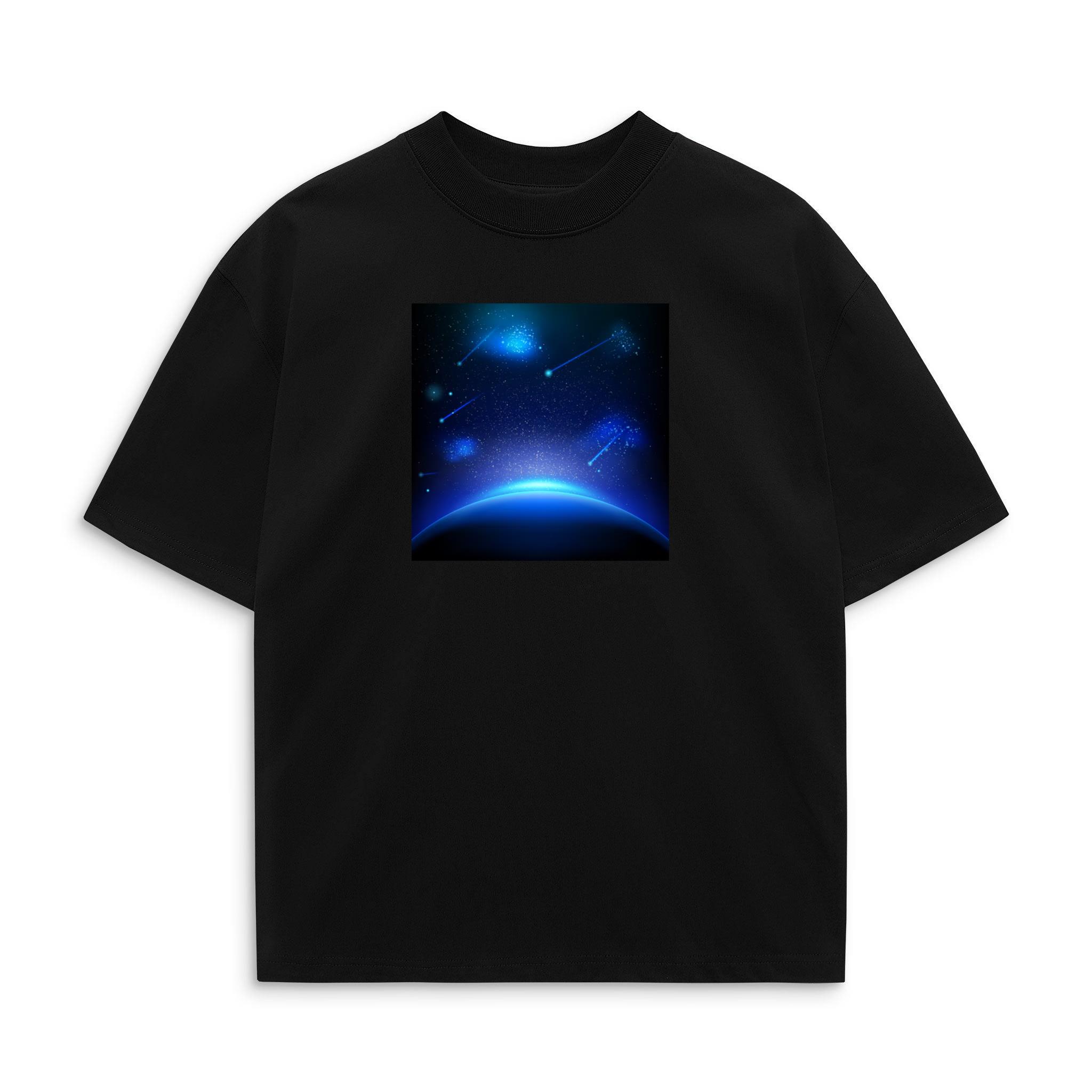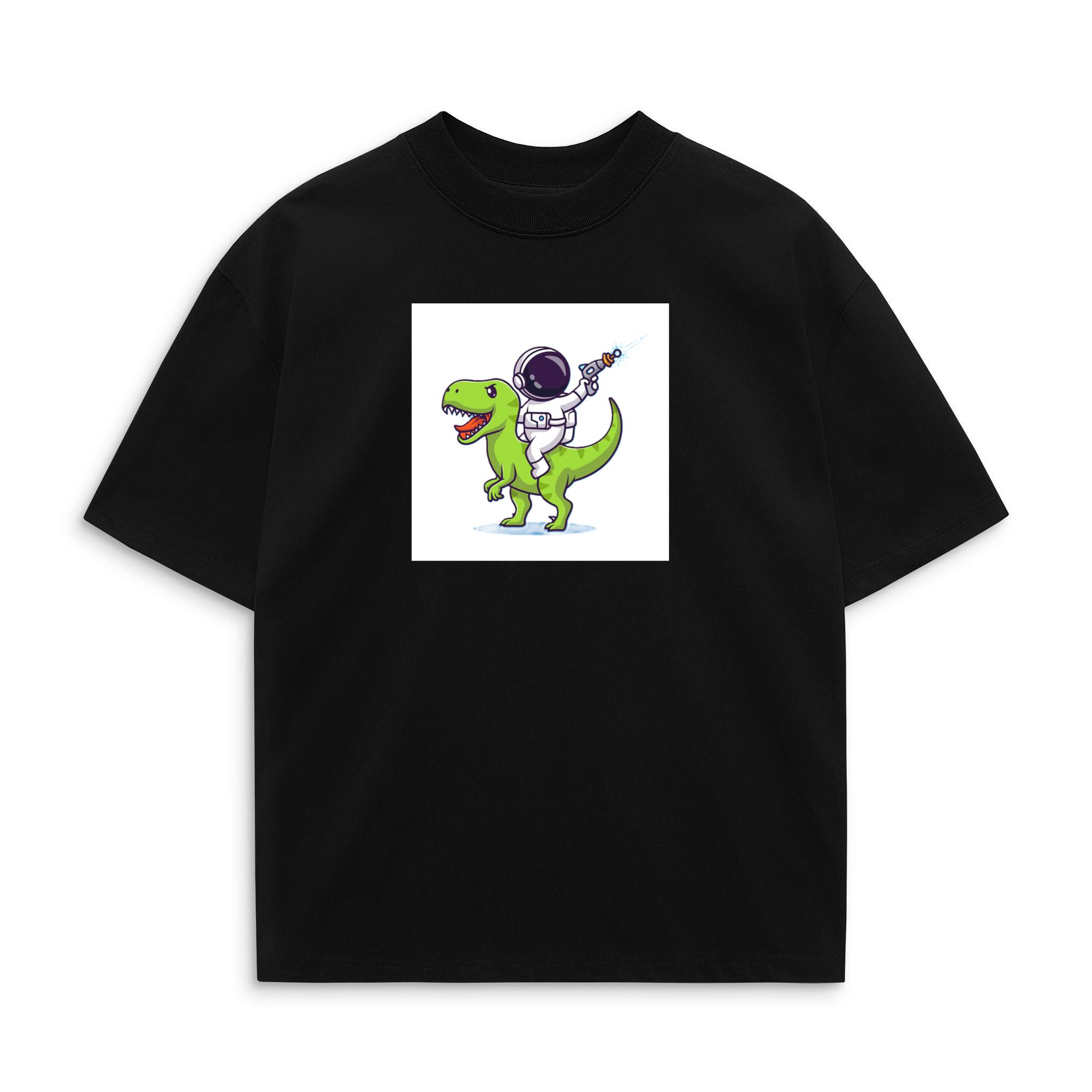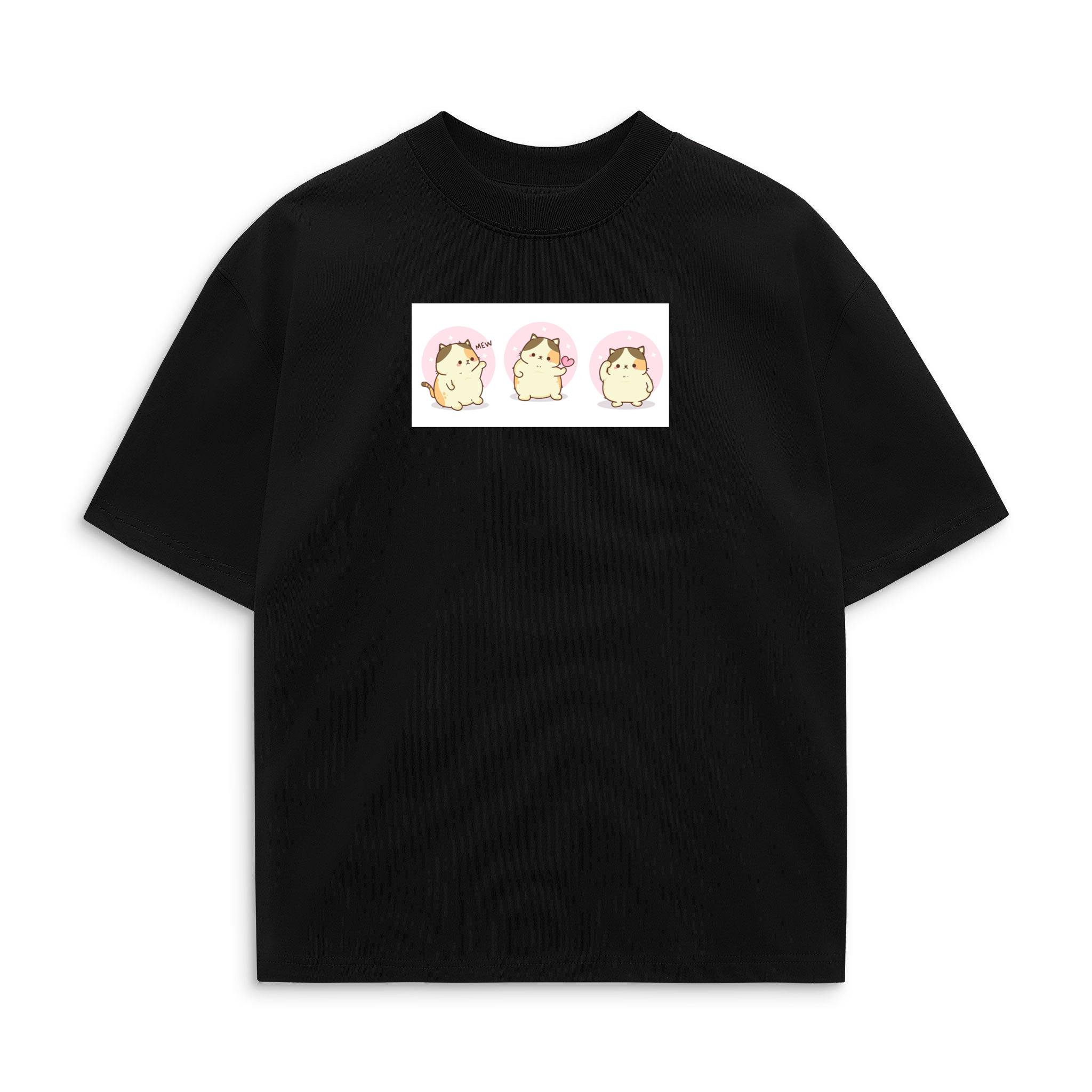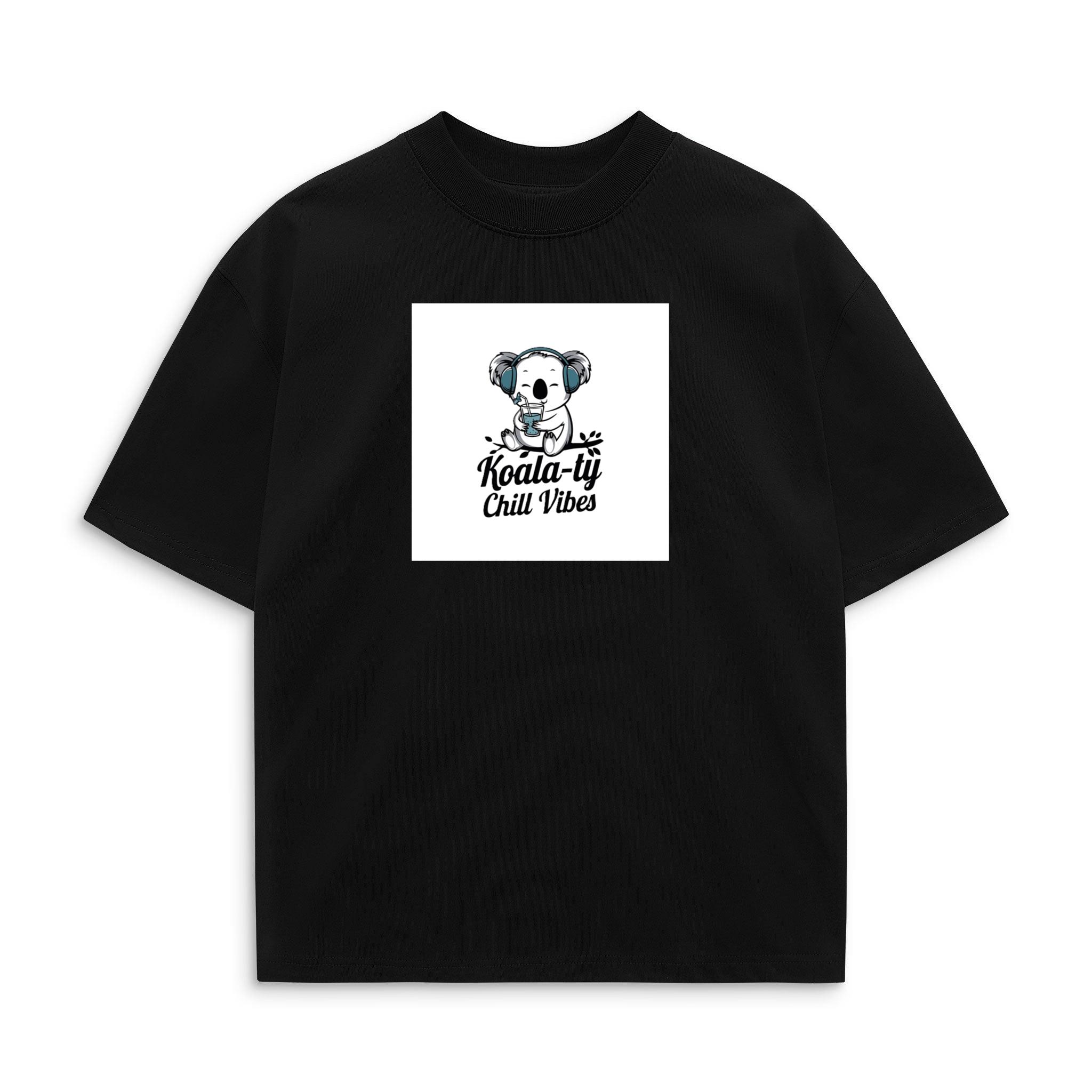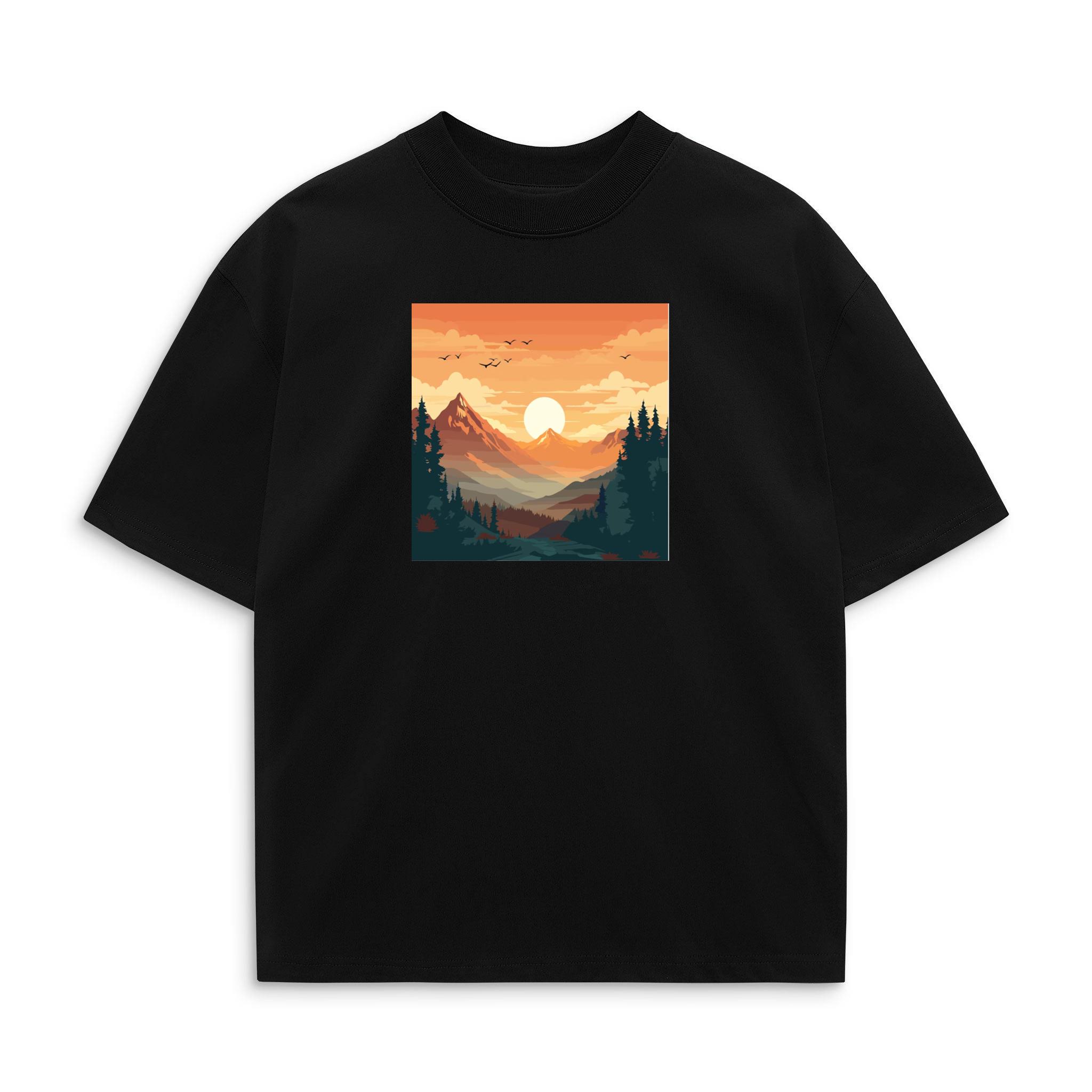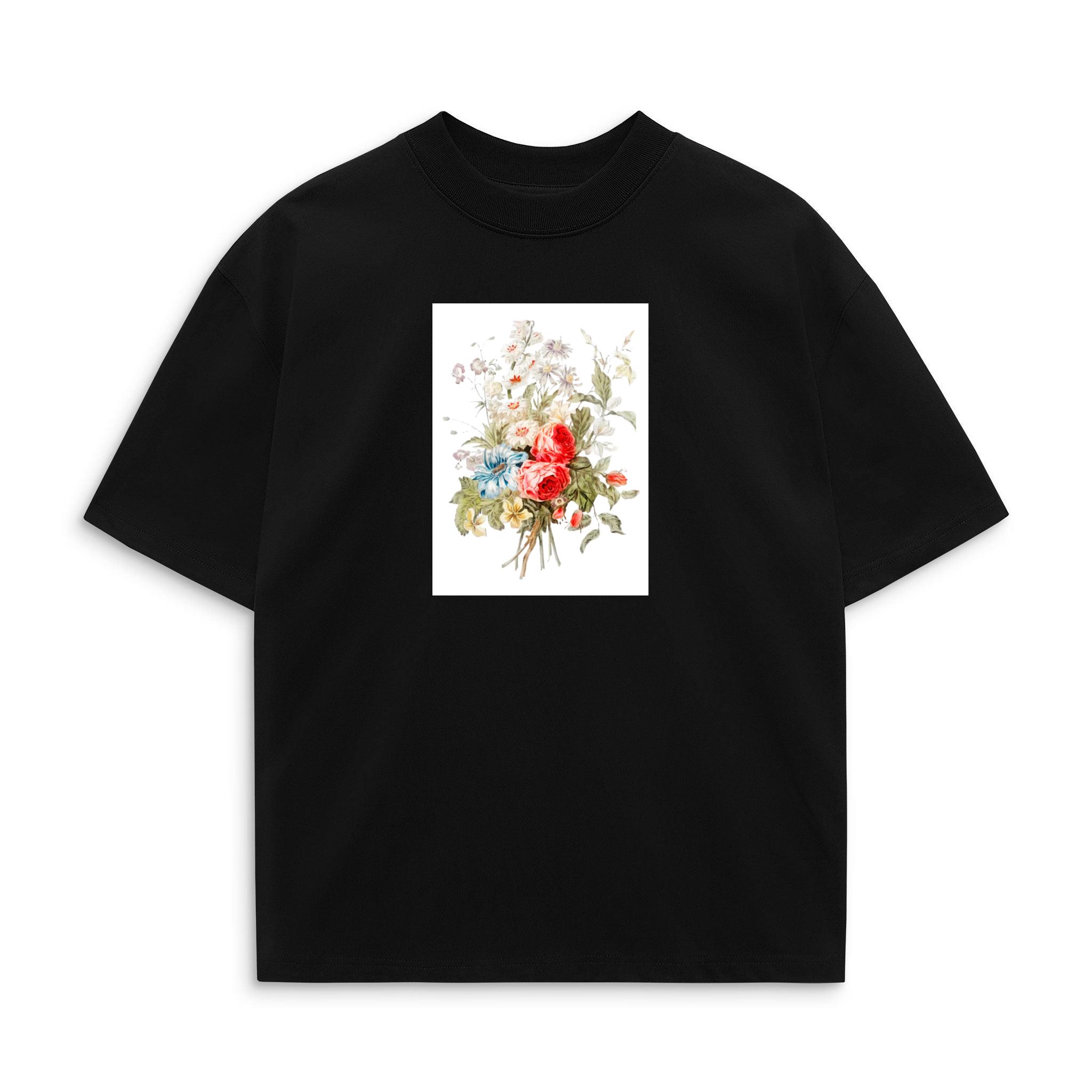
Slide
new arrivals
US Orders Ship Fast
Fast and reliable shipping within the United States.
Returns
Easy returns within 30 days of delivery.
Payments
100% secure payment processing.
Support online
Support online, always here to assist you with care.
bestseller
Shop by Category
Find what you love – faster. Browse our collections by style, need or vibe.

T-shirts

Hoodies

Jackets

Sweatshirts




